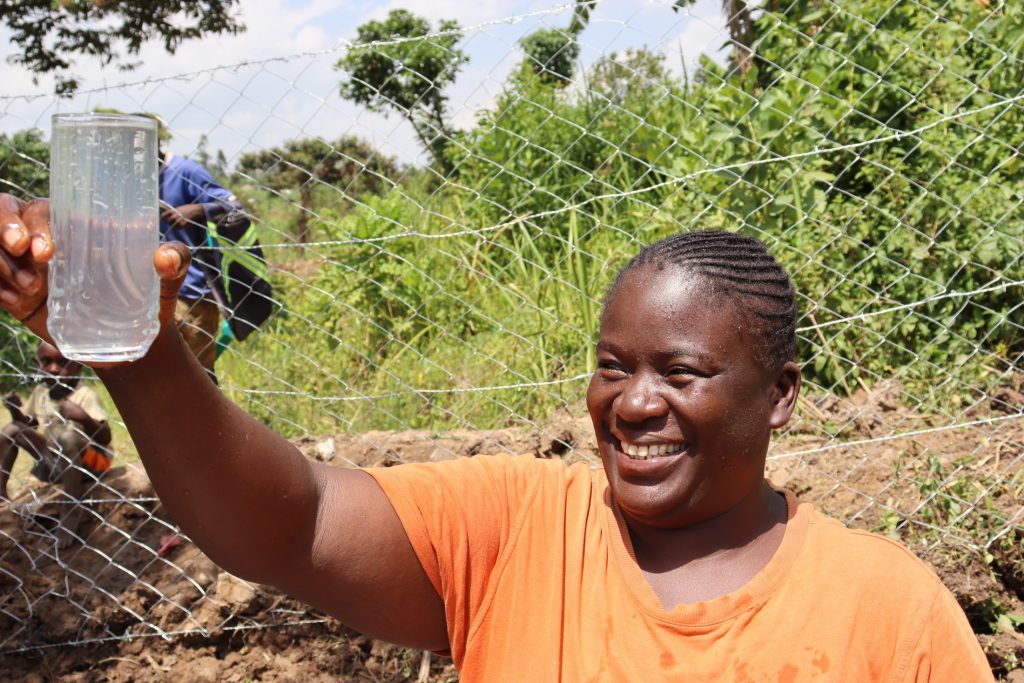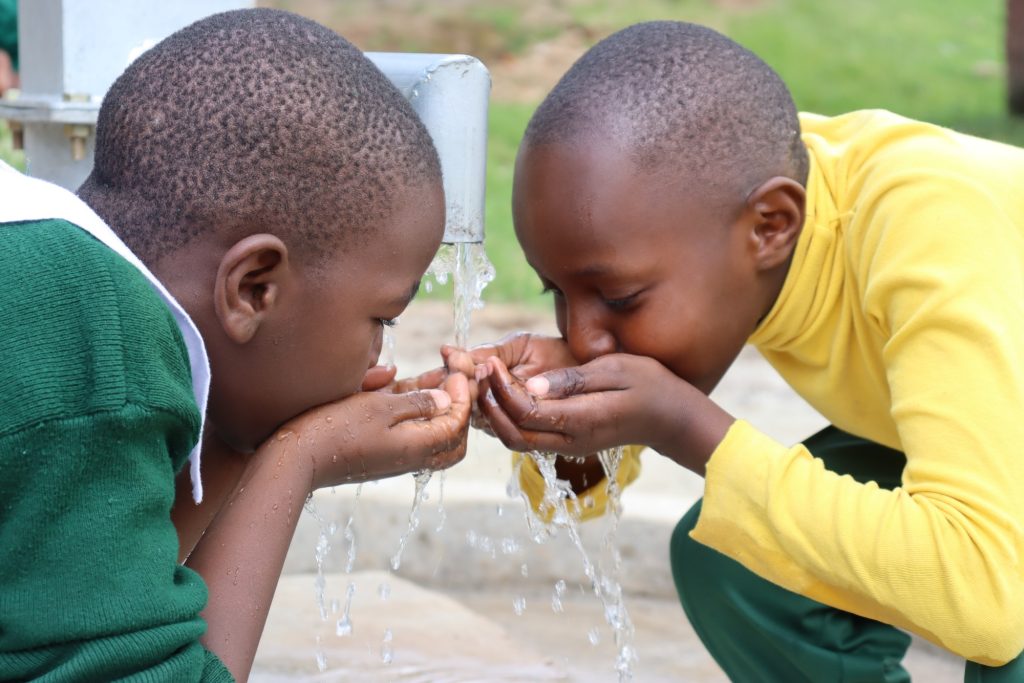How much water should you really drink to stay hydrated?
Disclaimer: This article is not intended to be medical advice and was not written by a medical professional. Please consult with your doctor about the best level of hydration for your body.
For a while, it seemed like the media, celebrities, and even health professionals were all on a “drink more water” crusade. Drinking extra water has been touted as a cure-all for skin issues, cognitive problems, and more.
But, as in many health claims, the real answer is complicated — and it’s different for every individual.
Daily water intake recommendations vary by age, sex, pregnancy status, activity level, and breastfeeding status.
CDC
As you may remember from school science class, your body is about 50-60% water, depending on your sex and size. Water is essential to all life on Earth, so it’s no surprise that drinking it is essential for many different body functions. Water helps with:
- Temperature Regulation: Water maintains a stable body temperature by releasing heat through sweating and breathing.
- Joint Lubrication: It keeps joints lubricated, which helps reduce friction and allows for smooth movement.
- Nutrient Transport: Water aids in the transport of nutrients and oxygen to cells, supporting overall cellular health.
- Waste Removal: It is crucial for flushing out waste products through urine, sweat, and bowel movements.
- Digestion: Water is involved in saliva production and helps break down food, aiding in nutrient absorption and digestion.
- Cushioning for Organs: Water provides cushioning and protection for sensitive organs like the brain, spinal cord, and eyes.
- Energy and Focus: Staying hydrated maintains your energy levels and mental focus, as dehydration can lead to fatigue and decreased alertness.

How much water do you really need?
We often talk about factors for water intake like age, body size, and physical activity, but other influences — such as climate, altitude, and even individual health conditions — also play a big role. For example, if you’re in a hot or humid environment, your body loses water more quickly, requiring you to drink more to stay hydrated. High altitudes and dry climates can have similar effects. Certain health conditions might also require or incite more water intake, while others may call for careful moderation.
All these possible variables explain why the often-referenced “eight glasses a day” rule is not universal.
So, how can you know you’re drinking enough?
The key is to listen to your body.
You have receptors that track your blood’s water and sodium levels and tell your kidneys to retain or release fluid based on that balance. Our bodies generally come hardwired to maintain proper hydration levels without conscious effort.
And, contrary to what you may have been taught, any fluid can contribute to your daily hydration, not just water. Drinks like tea, coffee, and juice count, and even certain foods — like watermelon, cucumbers, and soups — contain a high percentage of water. Eating high-water foods is helpful for people who don’t feel thirsty often or those who prefer a little variety.
Aside from feeling thirsty, dehydration can show itself in surprising ways. If you have a busy day and aren’t drinking what you normally would, watch for mild dehydration symptoms like dry mouth, fatigue, headache, muscle cramps, dry skin, confusion, irritability, and increased heart rate.
However, chronic dehydration can increase the risk of more serious health issues like kidney stones, urinary tract infections, or long-term kidney problems.
Signs of good hydration, on the other hand, are often visible via clear urine, a sense of alertness, and even skin that “bounces back” when pinched. Being aware of these signs can help you know when your hydration level is on track.
Practical Tips for Staying Hydrated
For those looking to improve their daily hydration, small steps can make a big difference. Try keeping a reusable water bottle with you throughout the day, sipping a glass of water with every meal (rather than chugging an entire glass all at once, which can lead to much of the liquid passing straight through your body without being absorbed), or incorporating water-rich foods into your diet. These tips can help you stay hydrated without feeling overwhelmed by a specific daily goal.

When Access to Water Isn’t Easy
But what about when access to water isn’t as simple as reaching for a glass?
If reading this article made you reach for some water yourself (as it did for me while writing), take a moment to imagine a scenario where quenching your thirst wasn’t so simple.
For many people in sub-Saharan Africa, water isn’t readily available at the turn of a tap. People — mostly women and girls — walk miles each day to gather water, sometimes from sources that aren’t even safe to drink.
Picture what that would be like today: to feel thirsty, with no way to solve it. For those of us with piped water, it’s nearly unimaginable. But for the communities we serve in Kenya, Sierra Leone, and Uganda, this is daily life. In some of the driest areas, like Southeast Kenya, people don’t just walk miles — they dig deep into dry, seasonal riverbeds to reach the last drops of brown, salty water left from the previous rainy season.
Access to clean, safe drinking water shouldn’t be a privilege. It should be a reality for everyone. At The Water Project, we’re working to make that vision possible. When you support our mission, you’re not just giving water; you’re giving people time, health, and opportunity. Join us today, and help transform the daily lives of those who simply want to drink safely, pursue their education, and build a brighter future.
Home More Like ThisTweet